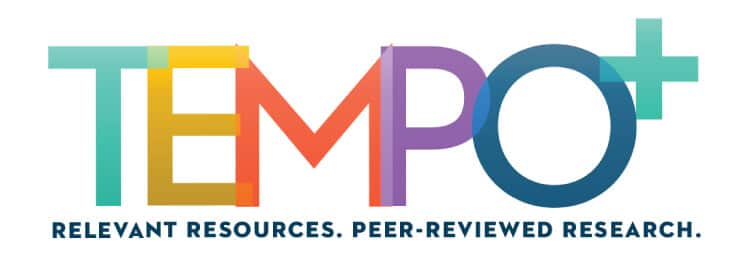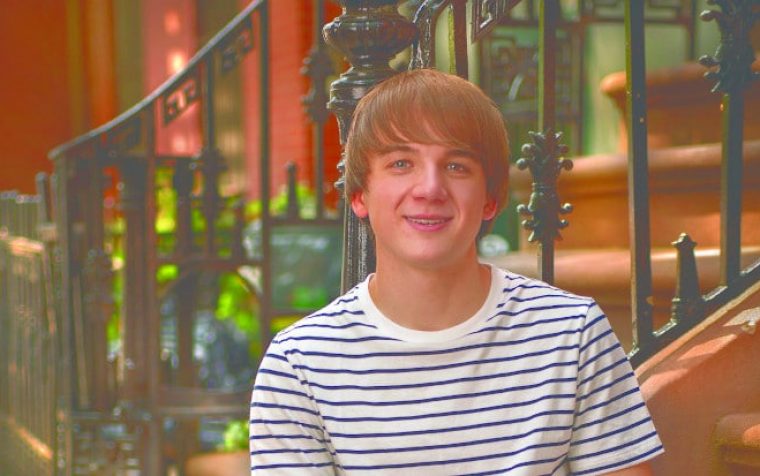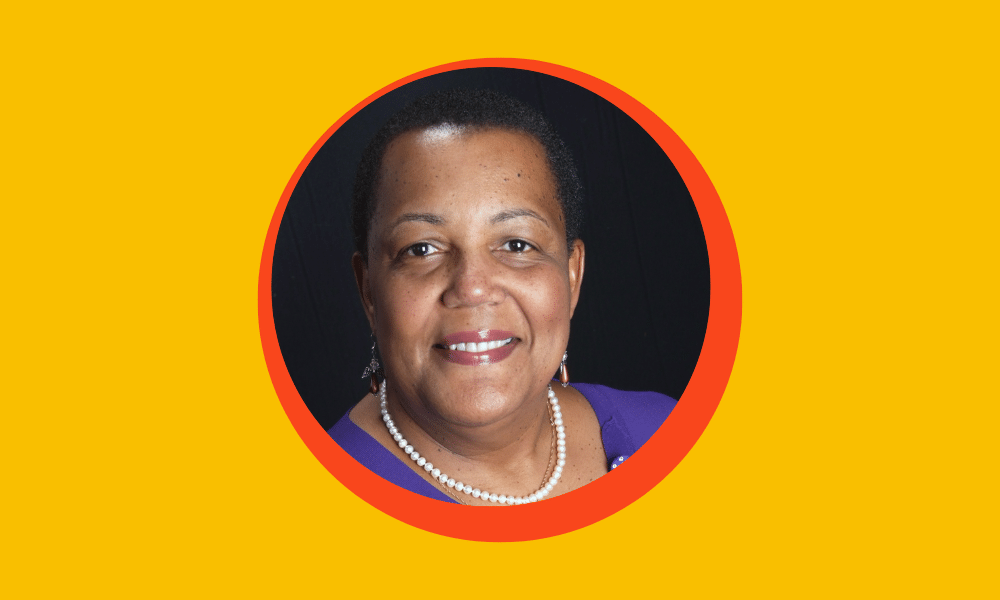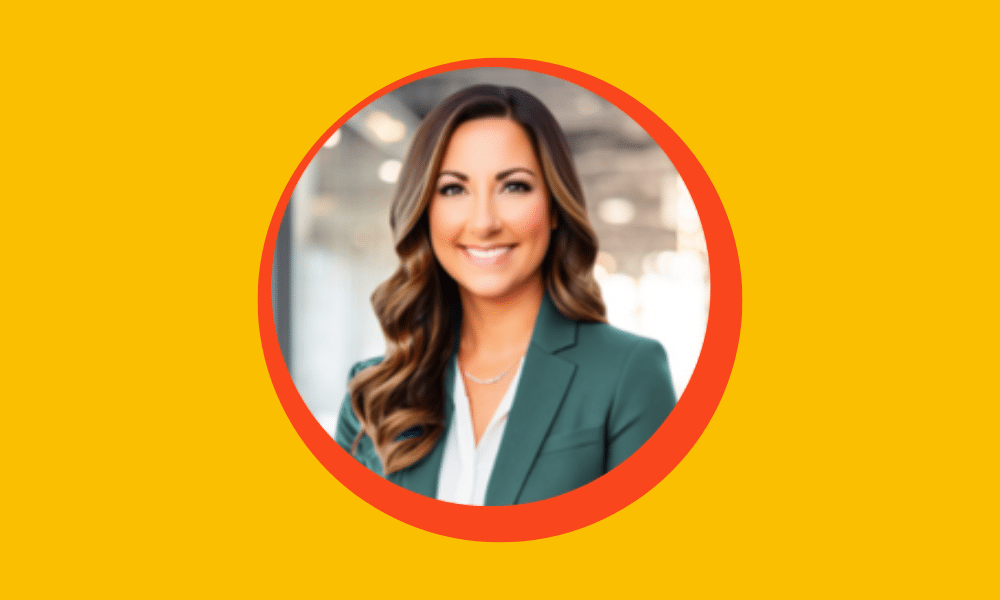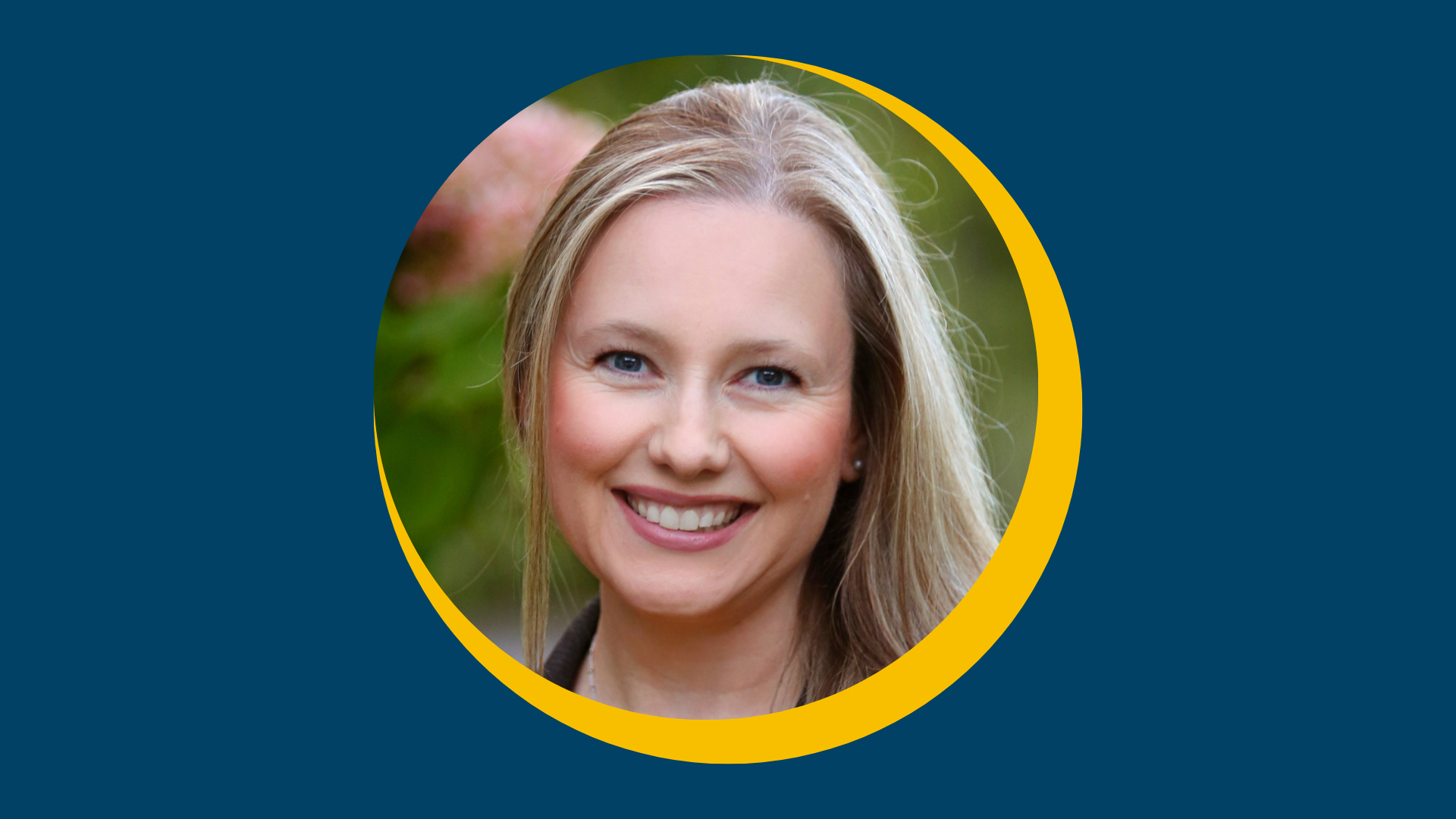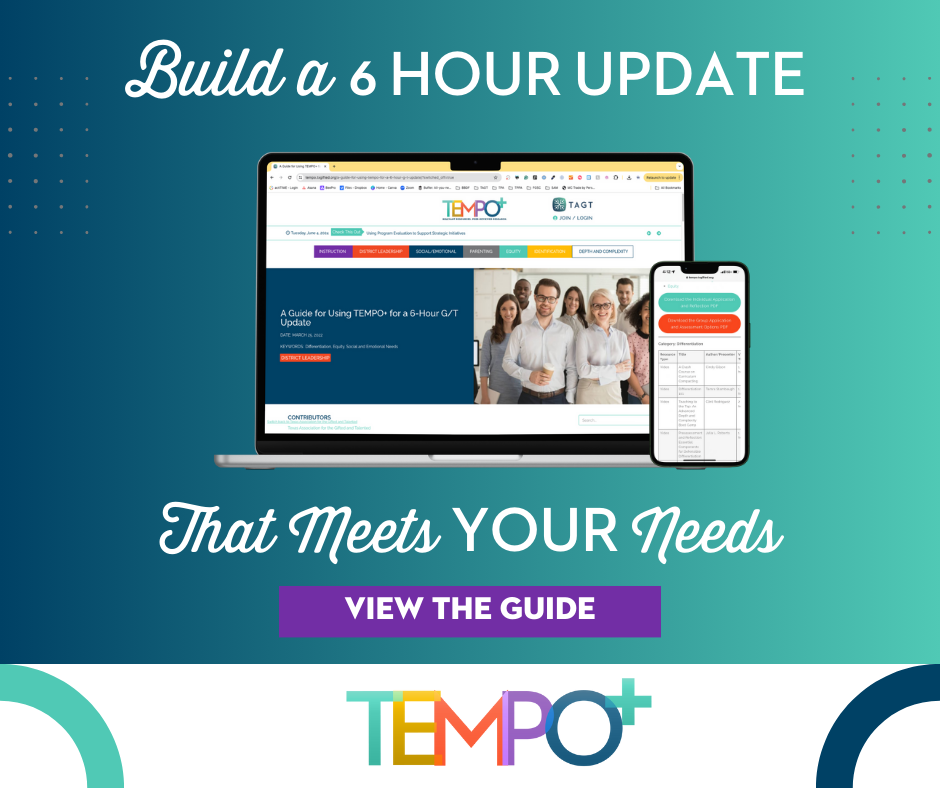Jack Andraka is an 18-year-old inventor, scientist, and researcher. At the age of 15, this teen prodigy developed a patent pending test that has the potential to save countless lives by detecting early stage pancreatic cancer, the disease that took the life of a close family friend. A speaker at medical conferences worldwide, Jack presented a keynote address at the 2015 TAGT Annual Conference. Following is a chapter from his book, Breakthrough: How One Teen Inventor is Changing the World.
After my botched suicide attempt, the school informed my parents that I wouldn’t be admitted back until I got some professional help. My parents were equal parts confused and horrified. They were determined to do everything in their power to help pull me out of this abyss.
They found a local LGBTQ (lesbian, gay, bisexual, transgender, and queer) meeting place. They thought it would help if I could talk to other teens who had shared similar experiences, but when I arrived, I was the only teen there. What happened next was a lot of me talking to some random old dude who didn’t know me or anything about my deeply personal problems. It’s hard to have any kind of healing when you feel awkward and uncomfortable.
Truthfully, I was just sick of talking about it. I wasn’t even sure what to say anymore.
What would Uncle Ted say?
He had fought so hard for those extra moments that I was ready to just throw away. If he were sitting next to me today, I thought, he’d begin by asking me about my next project.
More than anything, I really wanted to get back to what I loved—science. There was another science fair coming up, and I had been working on a new idea.
Drawing on my seventh-grade project, I had started on a new one that investigated the effects of metal oxide on certain forms of marine life. This is important because metal oxide is highly toxic and is found in everyday household items like suntan lotion, which often ends up being flushed down our shower drains and into our water supply. I specifically studied its effects on a kind of freshwater plankton called Daphnia magna and the marine bacteria Vibrio fischeri. My results showed that metal oxide behaves differently in marine and freshwater environments. The more we understand about how it interacts with the surrounding environment, the easier it will be to prevent more damage.
But would I even be able to compete? Would I just walk around the rest of my life a damaged head case always in need of attention? As had become the case with seemingly every question, I just didn’t know. One thing I did know was that if I wasn’t able to rid myself of this heavy blanket of depression, that would mean no more science fairs, no more creek hopping, no more navigating rapids. Nothing.
It wasn’t just science that I wanted to get back to. It felt like forever since I’d been on a kayak or white-water rafting. There were so many rivers I still wanted to explore. I had always wanted to kayak the Grand Canyon. Would I ever be able to do that?
Then, out of the blue, my brother began to come around. Luke’s favorite lacrosse coach had overheard him making some snide remark about my sexuality and pulled him aside to tell him a personal story about his own experience in college when he learned that his roommate was gay. At first he had a lot of the same thoughts that were probably going through my brother’s head—What would people think about him if someone so close to him was gay? How should he act? But the more time the coach spent with his roommate, the more he began to see how, no matter what he may have thought of his sexuality, first and foremost, his roommate was a human being. And a really cool one at that. The coach told my brother that the two became lifelong friends.
After the heart-to-heart with his coach, my brother slowly began to accept me again. He went back to harassing me like he did before he found out I was gay. Oddly, that went a long way to making me feel normal again.
Fortunately, I was allowed to enter the science fair. Thank goodness, or I wouldn’t have graduated and would have been forced to repeat eighth grade. That was something I wanted to avoid at all costs. My project, called “A Comparative study of the toxicity of Metal oxides on Vibrio fischeri and Daphnia magna,” won first place. It was the third year in a row that I’d finished first overall. It was a huge accomplishment, and I should have been beaming. On the outside, I managed to turn on the smiles. At this point, I had become an expert at faking the emotions people expected me to feel.
I muscled through the last few days of eighth grade and couldn’t have been more relieved to walk out of school on the last day. I had no plans to go back.
The start of summer vacation meant math camp. I didn’t know what to expect this time. I still had a bad taste lingering in my mouth from my coming-out-to-Anthony debacle after seventh grade. Still, I hoped for the best. Over the past two years, I had seen my two best friends move away, been shunned and humiliated by my classmates, come out of the closet, attempted suicide, and lost one of the people I felt closest to in the whole world. I figured eventually things had to get better because I didn’t see how they could get much worse.
This year’s camp was being held in Colorado again, where I had had such a great experience after sixth grade. I took this as a good sign. On the first day of camp I met a counselor named Jim. He was smart and I liked the light, easy way that he spoke. Jim didn’t seem to have a care in the world. The first weekend of camp, we went on a field trip, and on the bus ride home, I overheard someone mention that Jim was gay. I couldn’t believe it. Unlike me, Jim seemed so well adjusted and devoid of any internal chaos. How did he do it? I wanted to learn more. As soon as I got back to my room, I wrote a two-page letter spilling my heart out. I told him about my struggles. About hiding my sexuality. About Anthony. About that day in the bathroom with the pencil. When I was sure no one was looking, I quietly walked to his cabin and slipped the letter under his door.
A few days later, he pulled me aside. “I got your letter,” he said, looking concerned. “Let’s talk.”
Jim told me his story. He had fought many of the same battles that I had, and he shared his experiences in coming out to his friends and family and overcoming the hatred people felt toward him. Jim was the first person who understood, intimately and personally, what I had been through. But more important than sharing the story of his past, Jim shared with me his hopes for the future. When I looked at Jim, I thought to myself that I, too, could have that kind of future, and more important, that I deserved it.
“Listen, Jack,” he said. “You are a smart kid. In the end, it is all going to work out.” Jim was the kind of guy who could explain complex math problems in simple language and remain calm in a sea of crazy teenagers. When he said that things would work out for me, I believed him. The two of us talked late into the night.
The last weeks of camp went by too quickly. On our final day, a group of campers and I decided we needed one last adventure. We piled into a car and drove up to Pikes Peak. I didn’t have the stomach to look down as the car climbed higher and higher. It was so high that even in the dead of summer, the road was coated with ice and snow. Once we arrived at the top of the 14,115-foot mountain, we jumped out of the car and took positions behind the rocks and trees and started a massive snowball fight. When we were fully drenched with slush and hoarse from screaming and laughing, we retreated to a nearby doughnut shop. We sat, dripping, in one of the booths to dry off while we drank hot chocolate and ate doughnuts. Sitting with my friends, I could see down to the surrounding peaks out the window. For the first time in a while, life felt easy.
That night was filled with long goodbyes to all the new friends I had made. Before leaving for the airport, Jim approached me. He had one more piece of advice.
“You have heard a lot about my story and how I got through it,” he said. “But Jack, now this is your story. We all have our own paths, but the only one who can decide where it goes from here is you.”
Talking to Jim had helped me fully understand that there wasn’t anything about me as a person that needed to change. I was done with pretending to be something I wasn’t to make other people like me. In accepting that there really was nothing wrong with me, I could deal with the haters in a whole new light. I could choose to ignore them.
I flashed back to the day when I scanned the internet for a solution. Ignoring the haters was part of the advice I had read, but I hadn’t been able to implement it. With the state of mind I was in then, Alan Turing himself, the father of theoretical computer science (and one of my favorite scientists), could have risen from the dead to give me advice and I’m not sure I would have known how to take it.
See, ignoring the haters was the easy part of the solution. The hard part was first refusing to allow my self-perception to be defined by others. Refusing, in other words, to believe that I deserved to be treated differently because I am gay.
Sometimes I still struggle. There are awkward moments, especially at family get-togethers. Some of my extended family have religious views that make them intolerant of my sexuality. To be honest, it’s not something we talk about. It’s one of those things—I know where they stand and they know who I am. Because we have respect and genuine affection for each other, we leave it at that. For now, that’s fine for me.
After landing back in Maryland, I knew there was something else I needed to confront—the loss of Uncle Ted. I hadn’t fully realized it, but that initial numbness I had felt since his passing had been replaced by a heavy pain that sat inside my stomach. Now it felt like a big, immovable boulder.
More than anything, I wanted to understand why he had died. I needed to understand why he had been taken away from me.
And that’s when I had an idea. Maybe, just maybe, I could find a cure for pancreatic cancer.
If I had been just a little older and had had time to become a bit more realistic, I probably would have laughed off the idea. After all, I’d hardly be the first person to try, and most of those people were fancy scientists with impressive Ph.D.s from expensive colleges who, unlike me, were old enough to go to an r-rated movie.
There was an older, more mature part of me that knew at the time how ridiculous this all sounded, but the younger, brash part of me was quick to shut him down. Whether it was youthful exuberance or even unbridled stupidity, I didn’t know for sure, but whatever the reason, I was all in. Turns out I was the only one.
The first words out of my dad’s mouth after hearing my dream were: “Jack, isn’t that a little far-fetched?” My parents knew that when I invested myself in an idea, I wasn’t a toe-dipper, I was a cannonballer. This probably explains why both of my parents were so dead set against the idea of me dedicating so much of my time to such an impossible task. Especially one that offered such a small chance of reward. After everything I had been through, they weren’t exactly sold on the idea of their son leaping into something as heavy as cancer research.
I couldn’t really blame them for that one. However, not having my parents on board was not an option. Their approval was crucial. It wasn’t as much about my own morale as it was practical things, like having them drive me places to get supplies or using their credit card to buy stuff online.
Personally, I thought this project was the perfect fit for me—I was in search of an outlet for all my grief, and cancer was in need of a cure. Using everything I learned from giving persuasive speeches to science fair audiences, and also my extreme stubbornness, I began wearing my parents down. Maybe it was the passion I had, or maybe they knew I was going to go ahead and try whether I had their blessing or not, but whatever the case, my parents reluctantly gave me their approval.
Now it was time to begin. I knew from all my time spent working on science fair projects that any discovery begins with identifying goals and then figuring out which questions needed to be answered to get from point A to point B. That part was easy. I already knew what my goal was—to cure pancreatic cancer.
As someone trying to fight cancer of the pancreas, the first question for me was pretty obvious: What the heck is a pancreas? In the beginning, I didn’t even know what a pancreas was. I mean, I’d heard of a pancreas and I knew that it was an organ in my body and that it was important, but what exactly does a pancreas do? I had absolutely no idea. I didn’t feel intimidated by my lack of knowledge, since I knew I had all the tools I needed to start: Google and Wikipedia.
I started by typing keywords into my laptop—“what is pancreas”—and clicked on the first result that popped up. It was an article on a popular website devoted to health issues, appropriately titled “What Is a Pancreas?”
Turns out the pancreas is actually pretty cool and has a lot of responsibilities. The pancreas is a six- to ten-inch-long, spongy, fish-shaped organ located behind the stomach in the back of the abdomen and it produces important enzymes and hormones that help break down foods. Without it, we can’t convert the food we eat into the nutrients that we need to survive.
The pancreas also has another huge job. It produces the hormone insulin and secretes it into the bloodstream in order to regulate the body’s glucose, or sugar, level. I also learned it has two different kinds of glands. The exocrine glands help speed up chemical reactions and break down fats and proteins. There are also the endocrine glands, which make hormones like insulin that help balance the amount of sugar in the blood. If they aren’t working, we get diabetes.
All this information was a lot to digest (get it?). But now that I knew what a pancreas was, I was ready to move on to my next question: What is pancreatic cancer?
After a quick search online, the first thing I realized was that Uncle Ted wasn’t the only great person who had fallen victim to pancreatic cancer. This is a particularly lethal form of cancer that has killed a lot of great people, including Steve Jobs, the founder of Apple. It also took the lives of actor Patrick Swayze, actress Joan Crawford, anthropologist Margaret Mead, and famous opera singer Luciano Pavarotti.
A little farther down, I discovered a story that revealed a disturbing trend: while many different kinds of cancer were becoming less frequent over the past decade, rates of pancreatic cancer have been increasing since around the year 2000. The American Cancer society estimated that 46,420 new cases of pancreatic cancer will be diagnosed in the United States in 2014 and 39,590 people will die that year from the disease.
The lifetime risk of having pancreatic cancer is about one in seventy-eight. It is about the same for both men and women. People get pancreatic cancer when cells in the pancreas begin going wild, growing out of control. Rather than developing into healthy, normal tissue, they continue dividing and form masses of tissue called tumors.
Now that I knew what pancreatic cancer was, I needed to know what caused it. I found a link to a website for Johns Hopkins Hospital. I figured the site had to be credible since it was put together by one of the best hospitals in the world (remember, the information we get from the internet is only as good as its source). I clicked on it.
According to the Johns Hopkins site, doctors and scientists believed there were two main causes of pancreatic cancer. One of those theories was that the damage, or mutations, to our DNA that causes wild clumping in pancreatic cancer might be something we inherit from our parents that is triggered when we get older. But no one seems to know yet whether pancreatic cancer is an inherited disease.
As I researched further, I learned that we have two copies of each gene in our body—one from each of our parents. Scientists believe that people who inherit cancer usually have one mutant copy from one parent and one normal copy from the other parent. As they age, some of these people will damage the good copy of the gene in a cell in their pancreas. That cell will have two bad copies of the gene, and, as a result, that cell in the pancreas will grow into a cancer. These cells just sit like a ticking time bomb until they reach a certain age, when a trigger goes off and the cells begin to mutate.
Pancreatic cancer is considered one of the deadliest cancers in the world. According to the American Cancer society, for all stages of pancreatic cancer combined, the one-year survival rate is just one in five, and the five-year rate is only 6 percent! That means that only six out of every one hundred people who are diagnosed with pancreatic cancer survive the next five years. You don’t have to be good at math to realize that no one in their right mind would want odds like that.
However, reading about those horrible odds led me to another question. How could it be that despite all the new advances in science and exciting breakthroughs in technology, survival rates for pancreatic cancer have remained so astoundingly low?
This is largely a matter of timing. Over 85 percent of all pancreatic cancers are diagnosed late, when someone has less than a 2 percent chance of survival. At this point, the tumors have usually spread and it is no longer possible to operate and cut them out. Why is pancreatic cancer being detected so late? Partially, this is because pancreatic tumors are hard to detect. The pancreas is nestled deep in the abdomen, beneath other, fragile organs. It also doesn’t help that the pancreas is surrounded by dense, drug-blocking tissue. Another issue is the test itself. It hadn’t been updated in six decades! The current test is also way too complicated. To screen the blood of a patient at risk for pancreatic cancer, a doctor must send vials to a lab, where it can then be tested for elevated levels of a biomarker, which is a term for an early indicator of disease.
There were more problems. These tests are extremely expensive, costing eight hundred dollars each. They’re also really inaccurate—missing 30 percent of all pancreatic cancers. While missing only 30 percent is great if you are a major league baseball hitter (that would mean you are batting .700), it’s not so great if you are hoping to defeat a deadly cancer and a matter of days can mean the difference between life and death.
This meant that one of the biggest problems with pancreatic cancer wasn’t the treatment, but the detection. That’s when it hit me. I didn’t need to find a cure for pancreatic cancer. I needed to find a better way to find pancreatic cancer before it spread to other parts of the body and while it could still be treated. I thought of something the doctors had said after Uncle Ted passed: Maybe if we had caught it earlier.
I decided that I had a new mission. I would find an early-detection method for pancreatic cancer.
Unfortunately, there was something else I had to do first—begin high school. On my first day as a freshman at North County high school, I was excited at the prospect of forging a new reputation with a new group of kids, but I was also nervous about having a repeat performance of my middle school years.
The first day began with me slinking from class to class with my head down. Almost everyone had gone to school with one another for the past eight years and already had friends, so no one had any reason to talk to me. All morning I had an ominous feeling that my make-or-break moment would come at lunch. I knew that where I sat would have far-reaching implications for the rest of my future at this school. If I chose wisely, sitting at the right table could help me make important friendships for the rest of the year, or even longer. I was also aware of the dangers. The mistake of unknowingly setting my tray down with the wrong group of students could create the kind of negative first impression that would be hard to overcome.
When the fourth-period bell rang, I walked into the cavernous lunch hall. I was struck by the sheer size of the room. It was so much bigger than the lunch room in my old school. I had become that cliché kid in the movie—the one nervously clenching his lunch tray in his hands as he looks around the room of students, trying to find a safe place to sit down and eat.
I scanned all the different cliques in a desperate search for a safe haven. To the left were the jocks. I remembered them from middle school. No way. To the right were a group of teens wearing designer clothing. They looked okay, but way too hip for me. And besides, there were no open seats next to them. I knew this wasn’t good. In standing still, staring, looking like a total weirdo for way too long, I was also putting myself at risk. It was important that I move and move quickly.
I spotted a group of girls sitting near the back of the cafeteria. They were flipping through their books and seemed cool. By their relaxed sense of style and easy smiles, I could tell I would like them. And there was an open seat at their table. I walked over, careful not to dump my tray, and came out with my intro.
“Hi, can I sit here?” I asked.
“Sure,” a girl with a nice, welcoming face answered. “I’m Chloe.” Chloe. My savior.
For the rest of the lunch period, I sat in silence, eating quietly. If I didn’t say anything at all, I figured, I couldn’t say anything wrong. Besides, I was savoring the moment. After all, the ambiance of a high school cafeteria was a step up from my former lunch table, the handicapped stall in the boys’ bathroom.
The most important part of the day behind me, I spent the next two hours going through the motions until the final bell rang.
When I wasn’t in school, I was hard at work on my project. Now that I had discovered a new goal—finding an early-detection method for pancreatic cancer—I began setting up scientific criteria, a set of rules to work with. In my case, I needed to come up with some ideas as to what the ideal test would have to look like in order to effectively diagnose pancreatic cancer.
I decided that in order to have the kind of impact that could really make a difference, the test would have to be cheap, fast, and simple. My test needed to be sensitive enough to catch the cancer early, but also minimally invasive so it wouldn’t bother patients too much. To accomplish this, I knew I’d need a solid plan of action. In science, the defining characteristic of all knowledge, including theories, is the ability to make falsifiable or testable predictions—in other words, predictions that you can prove are either true or false. The specificity of your predictions determines how useful your theory is. I needed to find some clues that pancreatic cancer leaves in the body to make its presence known. After a lot of searching, I was able to find this great article in a publicly accessible scientific journal called the Public Library of Science that listed a database of different proteins that are found in patients suffering from pancreatic cancer.
Why are proteins so important? That wasn’t an answer I needed to research online to find. I had learned all about proteins during biology class, in between my torture sessions in middle school. Proteins do most of the work in cells and are required for the structure, function, and regulation of the body’s tissues and organs. They are everywhere. 20 percent of the human body is made up of proteins, and they play a crucial role in almost all biological processes.
I also learned that proteins are large, complex molecules made up of hundreds or thousands of smaller units called amino acids, which are attached to one another in long chains. There are twenty different types of amino acids that can be combined to make a protein, and the order of the amino acids determines each protein’s unique three-dimensional structure as well as its specific function.
All these proteins in our bodies have very particular reasons and purposes, with each one telling a unique story. Proteins are also good predictors of disease and show up at the earliest stages of every cancer long before the patient feels any symptoms.
One little protein could be the key to detecting pancreatic cancer early, before it spread to other parts of the body and while it was still treatable. I needed to find one that appeared in the earliest stages of pancreatic cancer.
I began to scour the database of proteins. Here, I hit a wall. This wasn’t a list of fifteen or twenty proteins that I would have to test.
It was a list of eight thousand! Any one of those unique proteins could be the one! Each one would have to be specifically studied and tested.
That could take a hundred years, and I had already wasted fourteen of them! I turned back to my computer and continued my research. As I worked, I could feel the adrenaline coursing through my veins. If I kept at it, I knew that somewhere within those eight thousand proteins was the answer I was searching for—a biomarker that could potentially save countless lives. Maybe it could even have saved the life of my uncle.
I had no idea if I would succeed.
But one thing was certain: my work had just begun.
Excerpt from Chapter 4, “The Knowledge Cure,” from Breakthrough: How One Teen Inventor Is Changing the World, by J. Andraka. Reprinted courtesy of HarperCollins.
